Early Bird
Deadline
January 31, 2026
Judging
Date
May 18, 2026
Winners
Announced
June 10, 2026
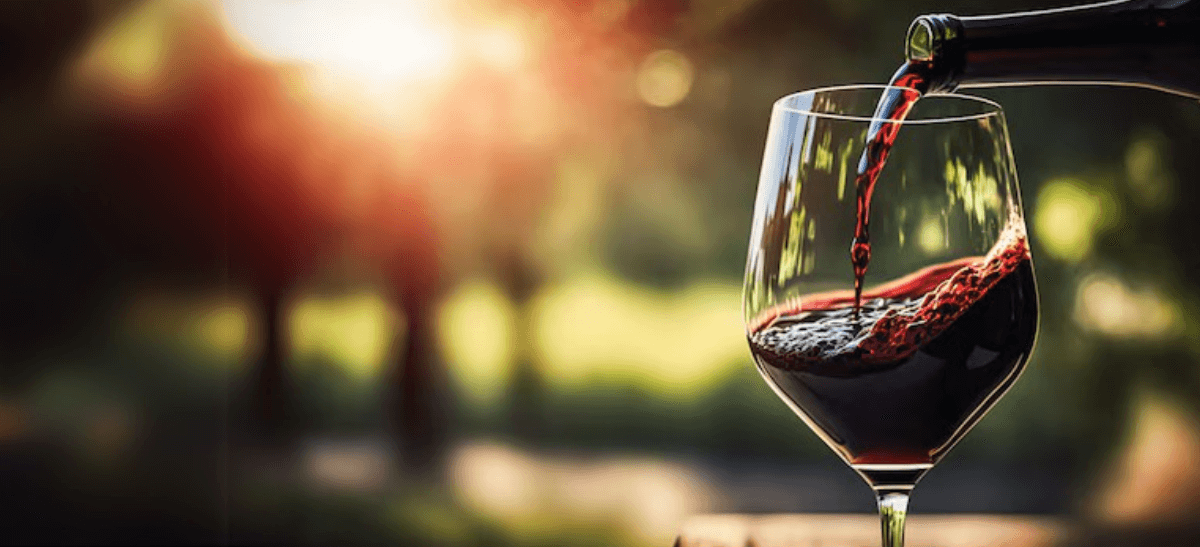
Consumers today are rethinking what they want from a glass of red wine. Instead of chasing high alcohol and a heavy body, they want balance and full flavor without the overbearing weight. This shift is reshaping the wine landscape in 2025. Low-ABV red wines, generally under 13%, are gaining serious attention, prized for their versatility, freshness, and easy-drinking nature. Varieties like Gamay, Zweigelt, and Cinsault are stepping into the spotlight, offering fresh, vivid profiles without the hefty punch of traditional reds. Light reds are also better suited to a wide range of climates and cuisines, pairing seamlessly with everything from Mediterranean fare to Asian dishes. The rise of low-ABV reds parallels broader trends toward wellness, casual dining, and outdoor lifestyles, where lighter, chillable wines fit perfectly. Regions previously overlooked for reds, like Austria, Sicily, and the Canary Islands, are finding new audiences by championing these styles. This trend isn't just about health, it's about taste, sustainability, and a cultural pivot toward moderation and authenticity. Here's why lighter reds are becoming the wine of choice for a new generation.
Low-ABV wines clock in around 8% to 12.5% alcohol content or even lower, compared to the 14% to 16% found in many full-bodied reds like Amarone from Italy or traditional Rhône blends. Amarone is rich, dense, and packed with dried fruit flavors due to its production from semi-dried grapes, resulting in a full-bodied wine often topping 15% ABV. Similarly, classic Rhône reds like Châteauneuf-du-Pape offer bold, spicy profiles at higher alcohol levels. By contrast, today’s low-ABV reds prioritize freshness, vibrancy, and sessionability over richness and power.
Emerging regions like England's Sussex region, Spain's Galicia, and northern Italy's Alto Adige are focusing heavily on crafting these lighter, lower-alcohol reds. Their cooler climates allow for slower ripening, preserving acidity and limiting sugar accumulation, perfect for the new wave of wine lovers seeking brightness and drinkability. In the past, low-ABV reds were often dismissed as "thin" or "watery." But today’s versions offer vibrant aromatics, structured acidity, and layered fruit profiles, delivering an elegant drinking experience that rivals their higher-alcohol counterparts. Skilled winemakers are crafting low-alcohol wines with complexity and depth, fitting today's demand for drinkability, health awareness, and casual sophistication.
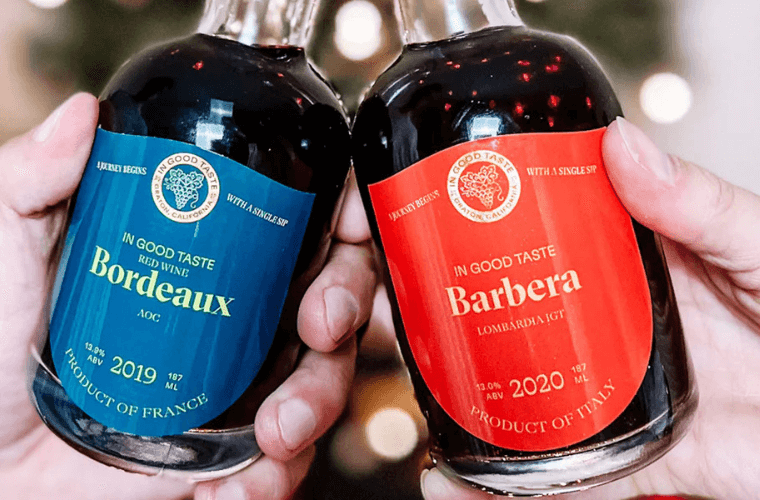
Source: In Good Taste
Health Consciousness: Consumers are more mindful of alcohol’s impact on sleep, mental clarity, and long-term health. Lower alcohol offers a "guilt-free" experience.
Changing Social Drinking Habits: Younger drinkers are choosing moderation over binge drinking. Sipping lighter reds fits seamlessly into their lifestyles.
Millennials and Gen Z Influence: These generations prioritize authenticity, sustainability, and products that align with their values. Lighter reds often come from biodynamic, organic, or small-scale producers.
Climate Change: Paradoxically, warming climates have allowed cooler-climate varieties, which naturally produce lower sugar and alcohol levels, to shine. Regions are adapting and experimenting with lighter styles to meet these environmental changes.
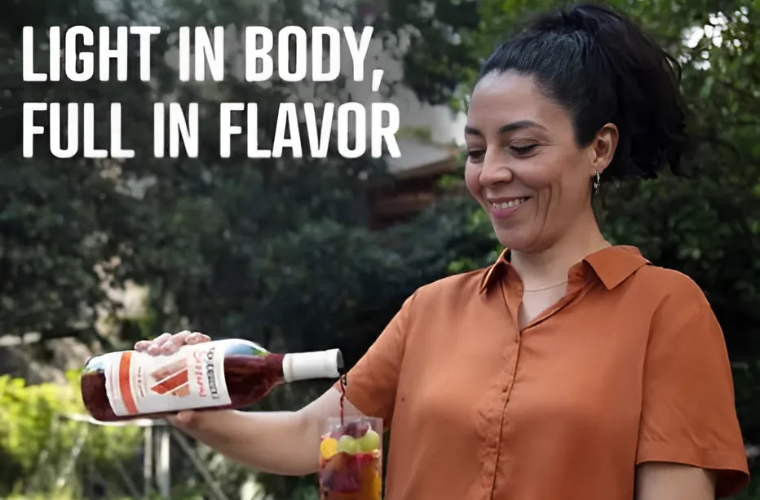
Source: Instacart
Several wine brands are leading the low-ABV red wine movement in the U.S., responding to the growing demand for lighter, more health-conscious drinking options without sacrificing taste or quality. Woodbridge by Robert Mondavi is among the front-runners with its Woodbridge Sessions Red Blend, released in 2023. Clocking in at just 8% ABV, this wine delivers familiar notes of blackberry and plum with a smooth, easy-drinking structure, positioning it as a go-to for casual, everyday sipping. Its affordability and name recognition give it wide appeal, especially among consumers new to low-alcohol wines.
Meiomi Wines, known for its bold California blends, entered the low-ABV space with Meiomi Bright Pinot Noir. At 8% ABV, it offers a polished version of the original, maintaining signature notes of ripe cherry and mocha while reducing alcohol and calories. This lighter-bodied option caters to those who want the premium feel of Meiomi with a softer finish and greater drinkability. Similarly, Italy’s Mezzacorona launched its Ventessa Red Blend in 2024, a 9% ABV wine that focuses on freshness and fruit-forward notes while appealing to environmentally aware consumers with sustainable production practices.
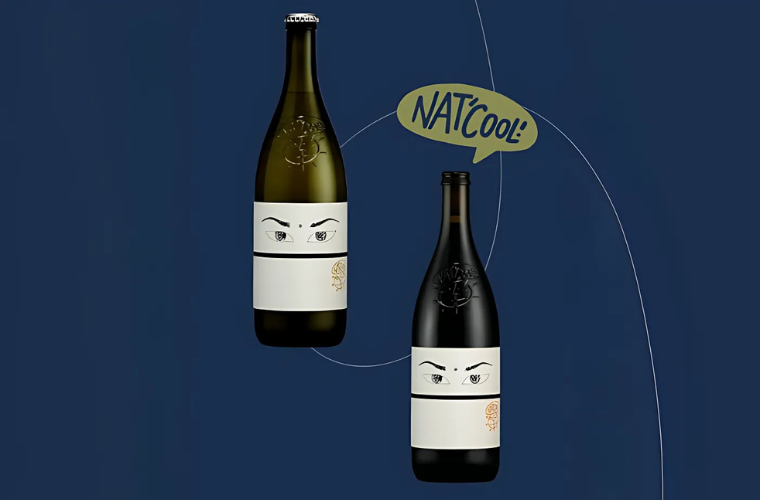
Source: Niepoort
Cupcake Vineyards has expanded its reach with the LightHearted Pinot Noir at 8% ABV. This wine offers vibrant strawberry and raspberry notes, an easy-drinking texture, and a clear appeal to calorie-conscious drinkers looking for a lighter touch without losing the essence of Pinot. On the organic front, making waves is Portuguese producer Niepoort, a pioneer of the Nat’Cool movement, which promotes naturally made, low-intervention wines with naturally low alcohol content. Niepoort "Nat Cool" Bairrada, a juicy, fresh red made from Baga grapes, is a standout from this series. With just 11% ABV, it's easygoing, food-friendly, and designed to be chilled and shared, offering a unique European spin that’s been embraced by forward-thinking U.S. importers and natural wine fans alike.
Arlow Wines recently launched its Arlow Cabernet Sauvignon, a 6.5% ABV version of the typically bold varietal. It brings cassis, soft oak, and velvety tannins in a surprisingly restrained format, perfect for those who want structure without intensity. Oceano Wines, known for its cool-climate finesse, offers the Oceano Ultra-Low Syrah, a standout at just 3.5% ABV. Crafted through gentle dealcoholization, it delivers real Syrah character, earthy spice, dark berries, and a smooth finish, without the punch of alcohol.
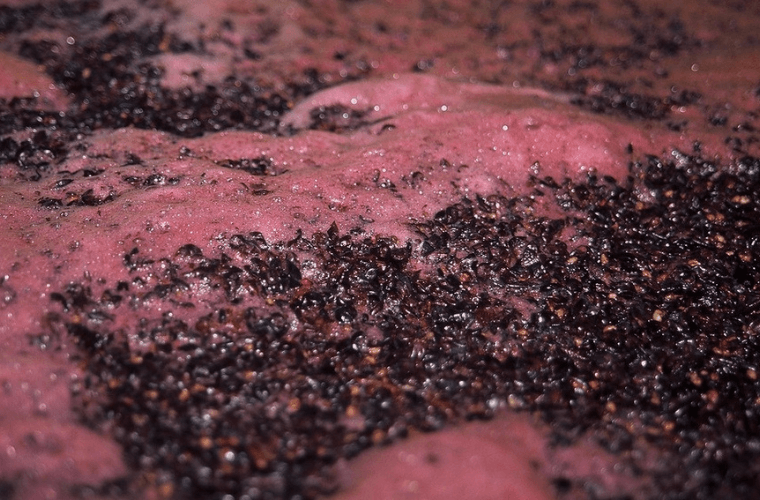
Source: Brix & Columns Vineyard
Vineyard and winery techniques are adapting to meet this new demand. Growers are harvesting earlier to preserve acidity and limit sugar buildup, which directly reduces alcohol content. Winemakers are focusing on gentle extraction methods and natural fermentation, emphasizing fruit purity over oak influence or high tannin levels. A key method gaining popularity is carbonic maceration, where whole grape clusters ferment in a carbon dioxide-rich environment before crushing, producing intensely fruity wines, low in tannins, and vibrant in flavor. Semi-carbonic maceration and cold fermentation techniques are also being used to retain aromatic freshness and lively acidity. Minimal intervention and organic certifications are becoming the norm among low-ABV red producers, catering to a consumer base that wants to know where and how their wine is made.
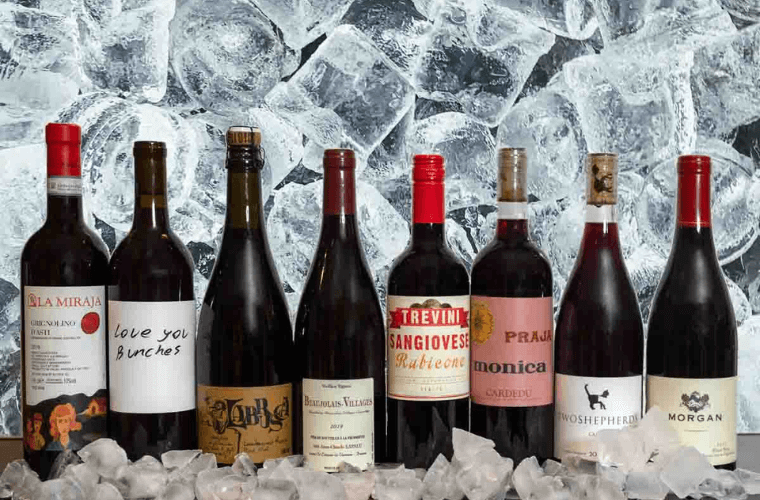
Source: Strong Coffee to Red Wine
Low-ABV reds shine when served slightly chilled, around 55°F (13°C), which enhances their bright fruit character and lively acidity. These wines pair beautifully with lighter dishes such as roasted chicken, grilled vegetables, fresh salads, and charcuterie boards. Their softer tannins and moderate alcohol levels make them incredibly food-friendly and approachable for a range of occasions, from outdoor picnics to casual weeknight dinners. They are also ideal companions for spicier cuisines like Thai or Vietnamese, where high-alcohol wines can overpower delicate flavors. Many low-ABV reds, particularly those made via carbonic maceration, have a slight effervescence or vibrant freshness that keeps the palate engaged without overwhelming it. In addition, because of their refreshing profiles, these wines blur the traditional lines between red and rosé drinking occasions, making them perfect year-round choices. Essentially, low-ABV reds are wines that invite you to savor, socialize, and enjoy without the fatigue often associated with heavier styles. Their versatility, drinkability, and ability to fit into today's more health-conscious, experience-driven lifestyles are key reasons they are rapidly becoming the default choice for a new generation of wine lovers.
The wine world is undergoing a major shift, with low-ABV reds no longer a niche curiosity but a central part of how modern wine drinking looks in 2025. These lighter reds deliver all the flavor, complexity, and freshness that today's consumers demand, but without the weight and heat of high alcohol. In a culture increasingly focused on balance, wellness, and authenticity, low-ABV wines fit perfectly. They align with a broader lifestyle that prizes mindful consumption and experience over excess. Regions traditionally known for rich, heavy reds are even experimenting with lighter, fresher styles to meet this growing demand. Meanwhile, newer regions are building their reputation around wines that emphasize vibrancy and elegance over sheer power. If you haven't yet explored the world of low-ABV reds, now's the perfect time. From a chilled glass of Gamay to a bright, floral Pinot Noir, these wines offer a refreshing new approach to red wine enjoyment. They are versatile, food-friendly, and suited to a wide range of occasions, from casual picnics to sophisticated dinners.
Header image source: The Wall Street Journal
Also Read:
Non-Alcoholic Wines Are Here to Stay: A Guide for Sommeliers
Mindful Drinking and the Future of No/Low Alcohol: A Conversation with Derek Brown
The Rise and Rise of Mindful Drinking: Non-Alcoholic Beverages Take Center Stage
Enter your Wines now and get in front of top Sommeliers, Wine Directors, and On-Premise Wine Buyers of USA.
